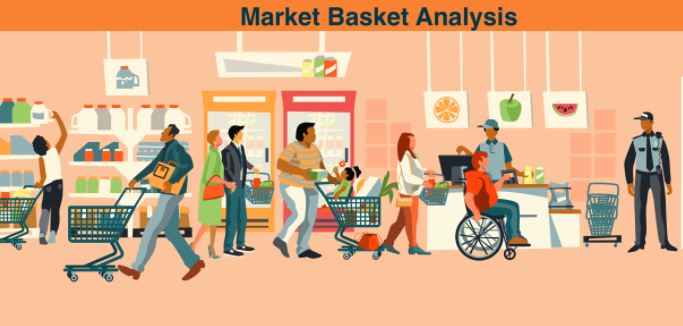
One of the earliest published studies is that related to the sales of beer and diapers. A business discovered that diapers seemed to be selling very well and that was usually purchased with beer. This analogy raised many questions and prompted a closer investigation. As strange as this may sound, the data confirmed their suspicions. While its not likely that you would ever see a diaper display set-up near beer, unexpected patterns do exist. As a business, using these patterns for financial gain is something for consideration.
The average person shops frequently in Amazon.com and will always see their suggestive selling carousel showing what other people often bought when purchasing an item. Their algorithm is very complicated and nearly instantaneous. Whether this applies to your buying habits may be an entirely different story.
For a moment, lets use a restaurant example. When deciding what items to place on the menu and their placement, the cost and profitability plays a very important role during this process. Maybe there’s a reason why the soda selection is usually in the back? It may be tempting simply to continue using previous selections because they are good sellers. Are those good sellers also profitable or are there other choices that would be popular and more profitable? I know of a restaurant the changed their order of ‘add-on’ items and the sales were dramatically impacted, of course in a positive manner. By doing an analysis of the add-on items it was discovered that some of the more profitable items were not selected as often because the item wasn’t shown in the displayed ad. Customers would see the appealing picture and make their choice. When the picture was changed, so did the customer ordering habits and increased profitability.
Another great example is to use a thrift shop or second-hand store. There is no need to create an elaborate display or spend more on advertising. One can simply create a display using the items currently available. With items for yard or garden maintenance, a display of cotton gloves is a great addition to gain those additional sales. It’s not unusual for stores like this to buy items that are discontinued or have been considered an overstock item from the previous season.
Using these two examples, its clear to see the association of one item with another. In analyzing the purchase of your customers, the answers are revealed using statistical functions. These answers are, in many cases, eye-opening. It’s a business decision to determine how to best use the associations in a way that benefits the customer and the business. For more information on a Market Basket Analysis, follow this link.
